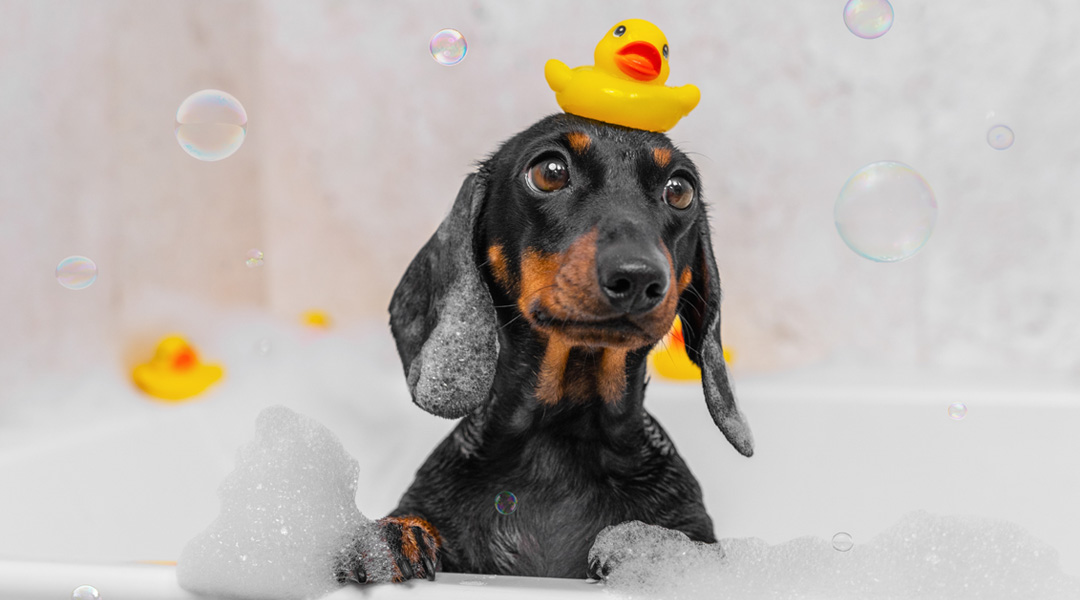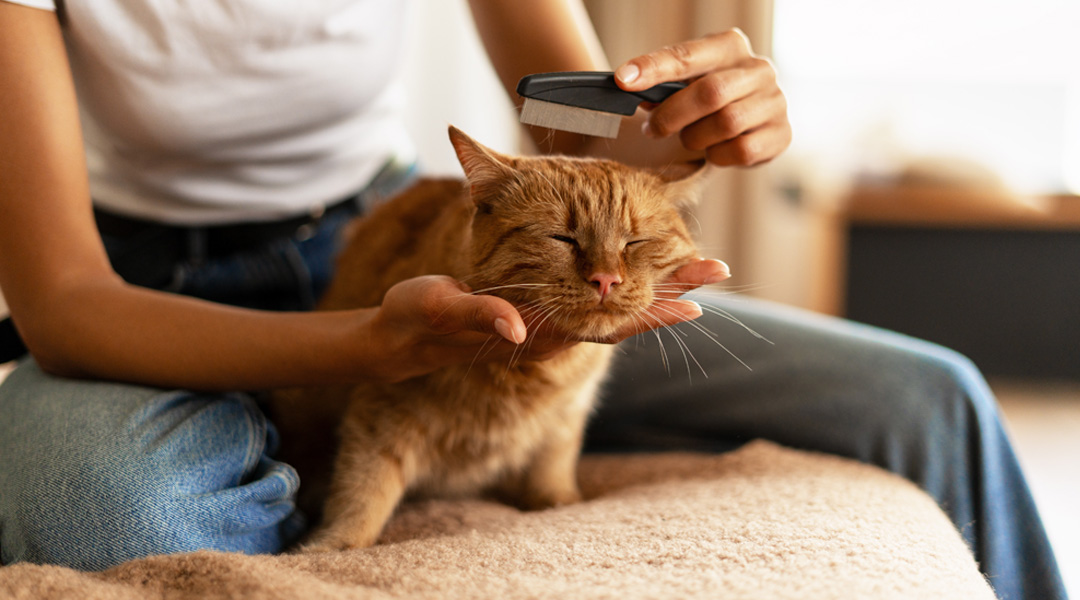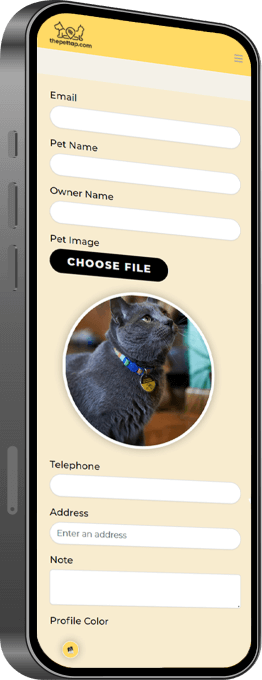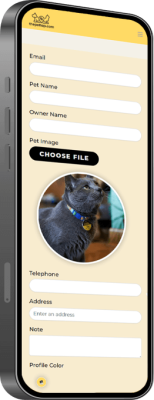Most pet owners think grooming at home is simple, until they face tangled fur and nervous pets. You want to keep your furry friend clean and happy, but a wrong move can cause stress or injury. This guide covers DIY pet grooming essentials, from dog grooming tools to pet bathing tips, helping you avoid common mistakes and minding pet safety.
Essential DIY Pet Grooming Tools
Starting with the right tools makes all the difference in grooming. The right gear can mean the difference between a calm pet and a chaotic one.
Must-Have Dog Grooming Tools
You need specific tools to keep your dog looking and feeling great. A good brush is essential to manage shedding and tangles. Choose one suited for your dog’s coat type. Nail clippers come next. Keeping nails trimmed prevents discomfort and health issues. Don’t forget a pet-safe shampoo to maintain a healthy coat.
Some pet owners swear by a de-shedding tool. It reduces loose hair and helps keep your home cleaner. Remember, using the right tools protects your pet from stress and injury. It’s the first step in keeping them happy!
Cat Grooming Guide Essentials
Cats may seem low maintenance, but regular grooming is key. A fine-toothed comb helps with shedding and prevents hairballs. This simple tool keeps your cat’s coat smooth and healthy. Nail trimmers are crucial, too. Sharp claws can lead to accidents or damage to furniture.
Some cats enjoy a gentle de-shedding glove. It offers a massage while removing loose fur. Always choose tools that suit your cat’s personality and coat type. Grooming shouldn’t be a battle; it can be a bonding experience!
Pet Bathing Tips for Success
A successful bath isn’t just about getting your pet clean. It’s about creating a routine that they enjoy and you can manage.
Preparing Your Pet for Bathing
Preparation is key. Start by brushing your pet to remove loose fur and tangles. This makes the bath more effective. Gather all your supplies, shampoo, towels, and treats, before you start. A slip-proof mat in the tub can prevent accidents.
Use lukewarm water. Test it on your wrist first. Most pets don’t enjoy surprises, so keep the environment calm. Talk to your pet in a soothing voice. A bath isn’t just about cleanliness; it’s about comfort and trust.
Techniques for Brushing Pet Fur
Brushing isn’t just about looks. It’s vital for your pet’s health. Begin by choosing the right brush for your pet’s fur type. Short, gentle strokes work best. This avoids causing pain or discomfort. Brushing pet fur regularly prevents tangles and distributes natural oils, keeping skin healthy.
Make brushing a positive experience by offering treats and praise. Over time, your pet may even look forward to it. Remember, regular brushing is an easy way to ensure your pet feels great!

Common Mistakes to Avoid
Even the best plans can go astray. Knowing common pitfalls saves time, effort, and stress.
Overlooked Pet Safety Measures
Pet safety should always be your priority. Never leave your pet unattended during grooming. Slips and falls are common, so always supervise. Use pet-safe products. Human shampoos and conditioners can irritate your pet’s skin.
Buy the pet tap tag to keep your pet’s information easily accessible. In case of an emergency, it’s a handy tool to have. Safety measures are easy to overlook but vital for a stress-free grooming session.
Missteps in Grooming Routines
Consistency matters. Grooming shouldn’t be a one-time event. Set a routine that suits your pet’s needs. Over-grooming can harm your pet’s coat and skin. Stick to a schedule that balances maintenance and comfort.
Avoid grooming when your pet is stressed. Wait for a calm moment. This makes the process smoother for both of you. Remember, grooming is a routine, not a chore.
Creating a Stress-Free Environment
A calm environment makes grooming more enjoyable. Here’s how you can achieve it.
Managing Pet Anxiety During Grooming
Anxiety can turn grooming into a nightmare. Start slow; let your pet explore the tools first. Reward calm behavior with treats and praise. Consistency builds trust, so stick to a routine. If your pet shows signs of stress, take a break.
Use calming aids if necessary. Some pets respond well to soothing music or aromatherapy. A relaxed pet makes grooming a positive experience for everyone.
Using the Pet Tap Tag for Safety
Safety is paramount. The pet tap tag provides peace of mind. It holds your pet’s essential information in case they get lost. Attach it to your pet’s collar during grooming. It’s an extra layer of security that’s easy to implement.
In an emergency, the pet tap tag ensures quick access to your pet’s details. It’s a simple tool that offers significant benefits. Safety should never be an afterthought.

Maintaining Grooming Equipment
Your tools are only as good as their condition. Proper maintenance extends their lifespan and effectiveness.
Cleaning and Storing Tools Properly
Clean tools are a must. After each grooming session, wash brushes and combs with warm, soapy water. Dry them thoroughly to prevent rust. Store tools in a dry, accessible place. Proper storage keeps them in good condition and ready for use.
Regular cleaning prevents the spread of bacteria. It’s a small step that makes a big impact on your pet’s health.
Knowing When to Replace Grooming Tools
Tools don’t last forever. Inspect them regularly for signs of wear. Replace grooming tools if they become dull or damaged. A sharp, well-functioning tool is safer and more effective. Regular checks and replacement ensure efficiency and safety during grooming sessions.
Conclusion
Grooming is about more than just cleanliness, it’s also about your pet’s health and comfort. By creating a safe, stress-free environment and maintaining a consistent routine, you can ensure that your pet looks and feels their best. And remember, the tools you use are important, too. Regular cleaning and replacement of your grooming tools is essential for your pet’s wellbeing.
Follow these guidelines and your pet’s grooming sessions can be a positive, bonding experience for both of you.






